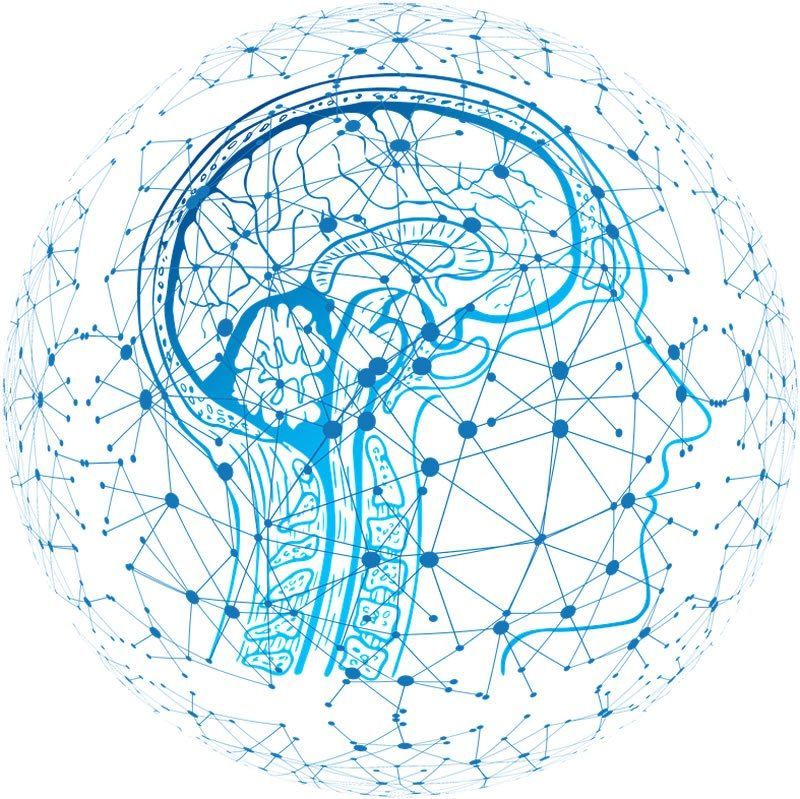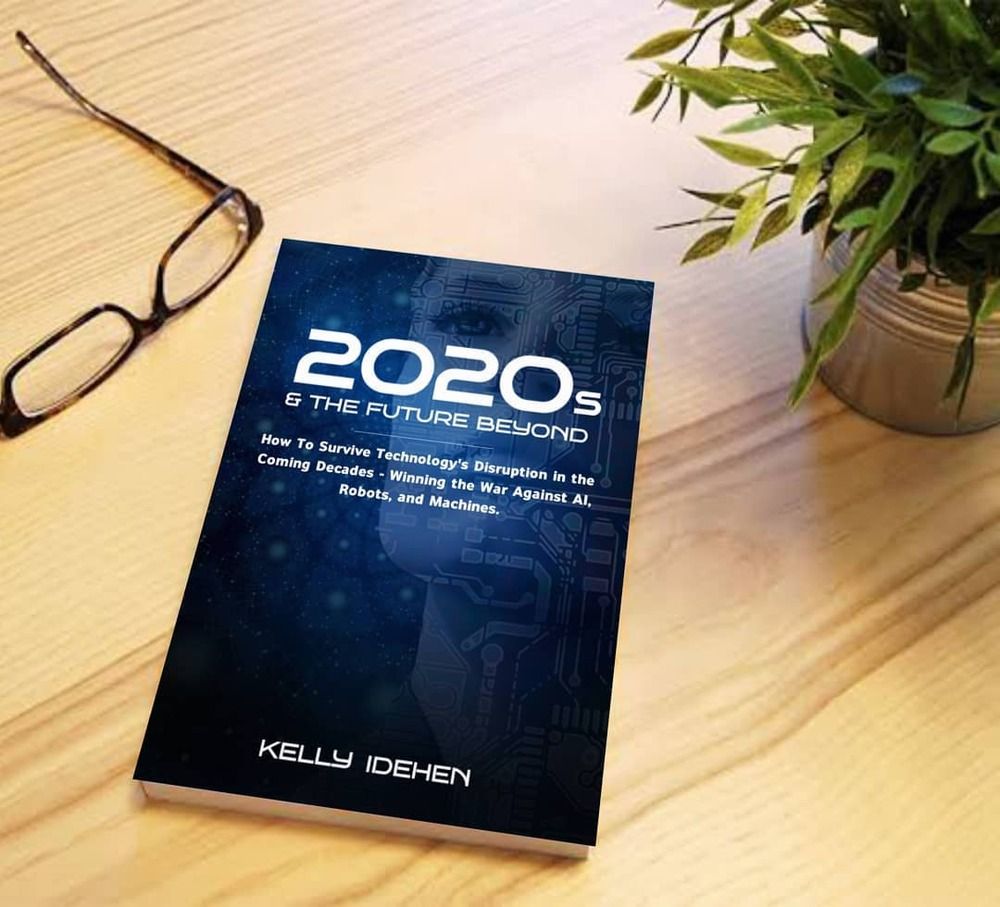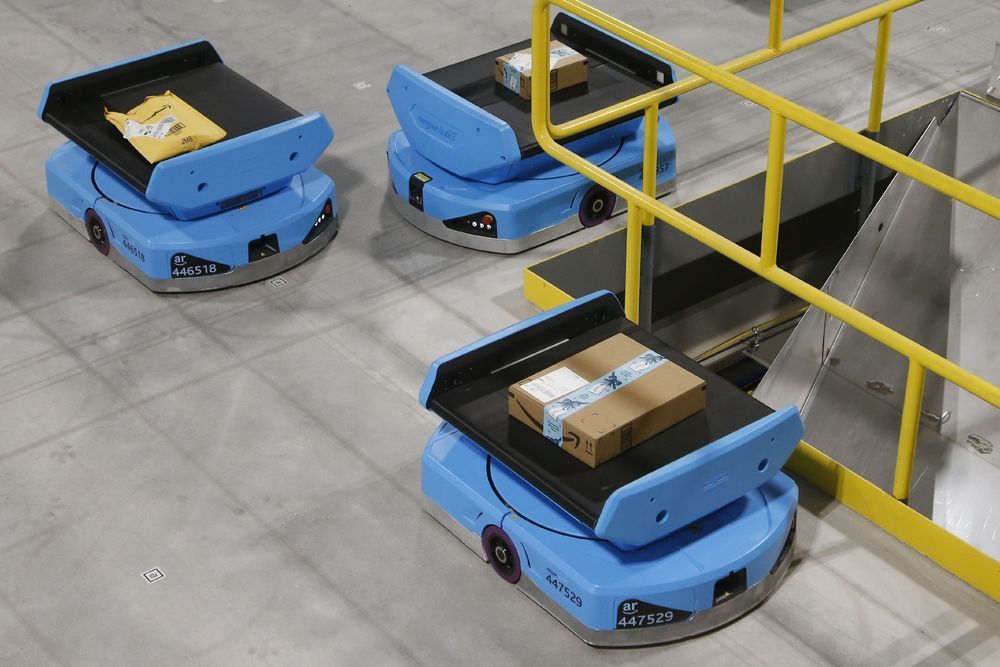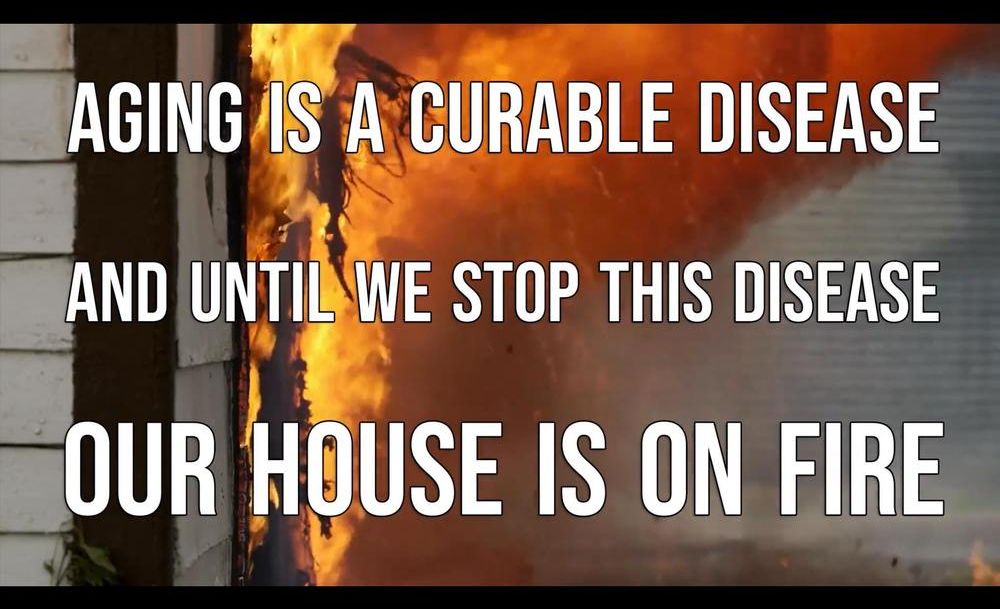How Does it Work?
Get the latest international news and world events from around the world.
Technology Biotechnologies
At Roswell we have developed the first Molecular Electronics chip. We utilized advances in semiconductor technology, nano-fabrication and bio-sensors to create standard CMOS chips that directly integrate sensor molecules into the CMOS integrated circuits.
Going “on-chip” to deploy bio-sensors provides unprecedented economics, precision, portability, and scalability. Our first chip is designed to read DNA; future chips will be designed for protein detection and other diverse bio-sensing applications.


Secretary-General Says United Nations Must Embrace Blockchain
In September 2018, United Nations secretary-general António Guterres gave a speech on the global lack of trust, or what he called a “trust deficit disorder.” He just gave a similar speech, this time discussing blockchain specifically. The organization isn’t just motivated to build a more sustainable world or reducing waste from their supply chain, but as American support has waned, donors are demanding assurance their donations are being spent for the purpose they were intended.
United Nations secretary-general António Guterres says the intergovernmental giant needs to embrace blockchain. In a statement provided to Forbes by the secretary-general’s office, Guterres touted the technology first made popular by bitcoin as a crucial component of the organization that generate’s $50 billion in revenue annually.
Coming at a time when the president of China has touted blockchain as a national priority, and the $6 billion United Nations Children’s Fund has started accepting bitcoin and ethereum donations for some of its projects, the statement from Guterres shows that cryptocurrency and the underlying blockchain technology is being seriously explored at the highest levels of the largest organizations in the world.
While China seems largely focused on using blockchain as a way to prevent money laundering and better track its citizens’ transactions, the United Nations work has been more focused on giving donors increased assurance their donations are being spent how they wish, while reducing waste in the organization’s giant supply chain.

Nietzsche’s Posthuman Imperative: On the Human, All too Human Dream of Transhumanism
Pick of today’s crop of random items in Posthuman Daily https://www.academia.edu/34665732/Nietzsche_s_Posthuman_Impe…nshumanism https://paper.li/e-1437691924
Babette Babich, “Nietzsche’s Posthuman Imperative: On the Human, All too Human Dream of Transhumanism,” in: Yunus Tuncel (ed.) Nietzsche and Transhumanism: Precursor or Enemy? (Cambridge: Cambridge Scholars, 2017), pp. 101–113.


Move Your Body, Bolster Your Brain
“A hormone that is released during exercise may improve brain health and lessen the damage and memory loss that occur during dementia, a new study finds. The study, which was published this month in Nature Medicine, involved mice, but its findings could help to explain how, at a molecular level, exercise protects our brains and possibly preserves memory and thinking skills, even in people whose pasts are fading.”
Exercise doesn’t just strengthen your muscles, it can also be good for your mind and memory. Fitness advice from the year in Well.

Chinese gene-editing scientist jailed for 3 years
A Chinese scientist who helped create the world’s first gene-edited babies has been sentenced to three years in prison.
He Jiankui shocked the world in 2018 when he announced that twin girls Lulu and Nana had been born with modified DNA to make them resistant to HIV, which he had managed using the gene-editing tool CRISPR-Cas9 before birth.
He, an associate professor at the Southern University of Science and Technology in Shenzhen, said at the time that he was “proud” of the achievement. He later claimed that a second woman was pregnant as a result of his research.

Amazon employees struggle with ‘nerve-racking’ robot co-workers
“When you’re out there, and you can hear them moving around, but you can’t see them, it’s like, ‘Where are they going to come from?’,” she said. “It’s a little nerve-racking at first.”
Amazon is increasingly requiring warehouse employees to get used to working with robots. The company now has more than 200,000 robotic vehicles it calls “drives” that are moving goods through its delivery-fulfillment centers around the U.S. That’s double the number it had last year and up from 15,000 units in 2014.
Its rivals have taken notice. Many are adding their own robots in a race to speed up productivity and bring down costs.
